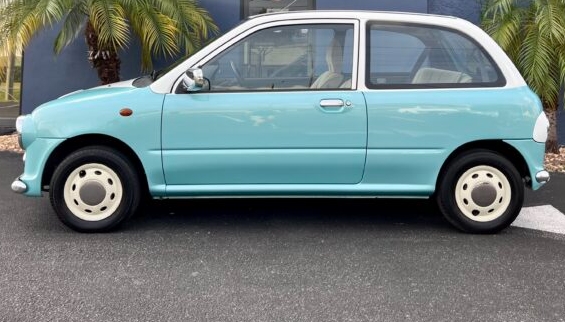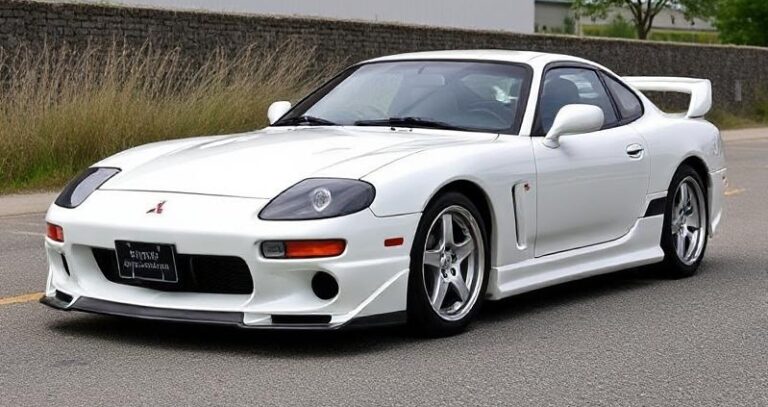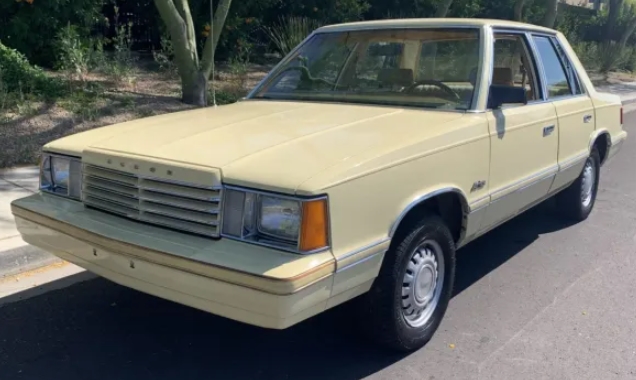The Evolution of the Saturn SC: A Look Back at a Unique American Sports Coupe
The Saturn SC, a compact sports coupe produced by Saturn Corporation, represents a significant chapter in the story of American automotive manufacturing, particularly in the late 20th century. Produced from 1990 to 2002, the SC served as a testament to the innovative spirit of the era, marked by unique styling, distinct engineering, and a focus on customer satisfaction that set Saturn apart from traditional automakers. This article explores the evolution of the Saturn SC, detailing the years it was produced, its various models, and the trim levels offered throughout its production run.
1990–1992: The Introduction of the SC
The Saturn SC made its debut in 1990, part of Saturn’s inaugural lineup known for its polymer body panels, which resisted dents and rust. The SC was designed as a sporty alternative to conventional compact cars, featuring a sleek profile and a focus on fuel efficiency.
Trim Levels:
- SC (Standard): The base model came equipped with a 1.9-liter four-cylinder engine producing 85 horsepower, a five-speed manual transmission, and a minimal but functional set of features.
- SC2: The SC2 was introduced as a more performance-oriented variant, boosting engine output to 124 horsepower, notably increasing its appeal to driving enthusiasts. It also included upgraded features such as alloy wheels and enhanced interior aesthetics.
Both models featured innovative design elements like a spacious interior for its class and a rear hatchback design that added to its practicality.
1993–1996: Refinements and Features
As the Saturn SC progressed into the mid-1990s, Saturn focused on refining the model. The 1993 SC saw the introduction of a manual transmission option for the SC2, leading to better handling and acceleration.
Trim Levels:
- SC: Continued as a standard offering, with minimal enhancements.
- SC1: The line saw the introduction of the SC1, which featured the same engine as the base SC model but with more features and a slightly sportier design.
- SC2: Retained its status as the performance-focused model, now with optional features such as a CD player and rear spoiler, enhancing its sporty image.
The year 1996 marked the SC’s first significant redesign, improving ergonomics and updating the models’ style.
1997–2002: The Final Years
The late 1990s saw the Saturn SC entering its final design phase. The 1997 model introduced a refreshed appearance with a more aggressive front fascia, oval headlights, and a more stylish rear. The interior also received an update with better materials and a more modern layout.
Trim Levels:
- SC1: This model continued with its 1.9-liter engine but was now available with additional options, including an automatic transmission. Its sporty yet economical appeal remained consistent.
- SC2: The SC2 retained its 124-horsepower engine, but Saturn began to offer performance upgrades such as sport-tuned suspension and larger tires, catering to an increasingly discerning market of driving enthusiasts.
- SC3: In limited availability, the SC3 offered leather seats, advanced audio systems, and other luxury items but did not find the same traction as the SC1 and SC2.
The Saturn SC continued to garner attention for its excellent crash test ratings and its distinctive styling, but by 2000, the larger trend within the automotive industry shifted, leading to a decline in demand for two-door coupes.
.
THIS could come in handy for your auto garage (and everywhere else!).

.
2002: The End of the Line
By 2002, the Saturn SC was discontinued as consumer preferences shifted more towards SUVs and sedans rather than small coupes. The final model year saw the SC being offered with new options while retaining many of its defining characteristics. The production numbers indicate that the SC had managed a reasonable following throughout its lifespan but could not adapt fast enough to the rapidly changing market landscape.
Legacy of the Saturn SC
The Saturn SC remains a noteworthy model in American automotive history. Its creation was part of a broader experiment by General Motors—an attempt to establish a brand that emphasized consumer feedback, high-quality manufacturing, and innovative design. Many users and automotive enthusiasts still recall the SC fondly for its reliability, fuel efficiency, and unique design.
The SC’s polymer body panels were revolutionary for their time, promoting a shift towards materials that could reduce maintenance needs. Furthermore, the SC encouraged a sense of community through events hosted by Saturn aimed at owners, fostering loyalty rarely seen in the automotive world.
Conclusion
In reviewing the evolution of the Saturn SC, we witness the journey of a unique vehicle that not only reflected the technological advancements of its time but also emphasized customized consumer experiences. From its spirited inception in the 1990 model year to its conclusion in 2002, the SC showcased the passion and innovation of its makers while leaving an indelible mark on American automotive culture.
Though the Saturn brand and its beloved SC have long since been discontinued, the vehicle remains a symbol of a time when American car manufacturers explored new directions, opening the door for modern innovations. Enthusiasts and former owners keep the spirit of the SC alive through clubs and forums, celebrating the model’s charm and uniqueness in automotive history. The Saturn SC likely left behind a legacy that continues to resonate with those who cherished its design and performance during its brief but impactful existence.







